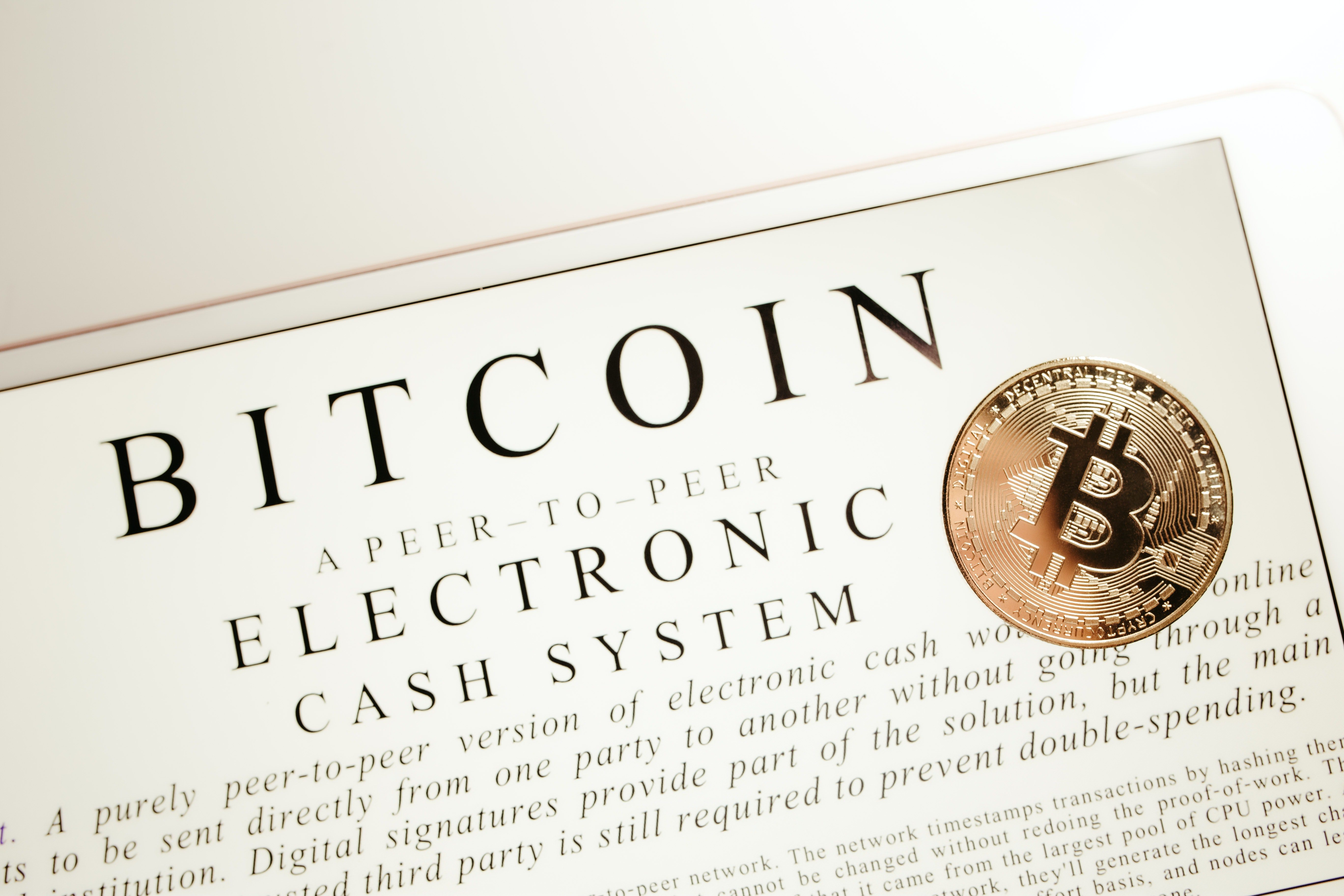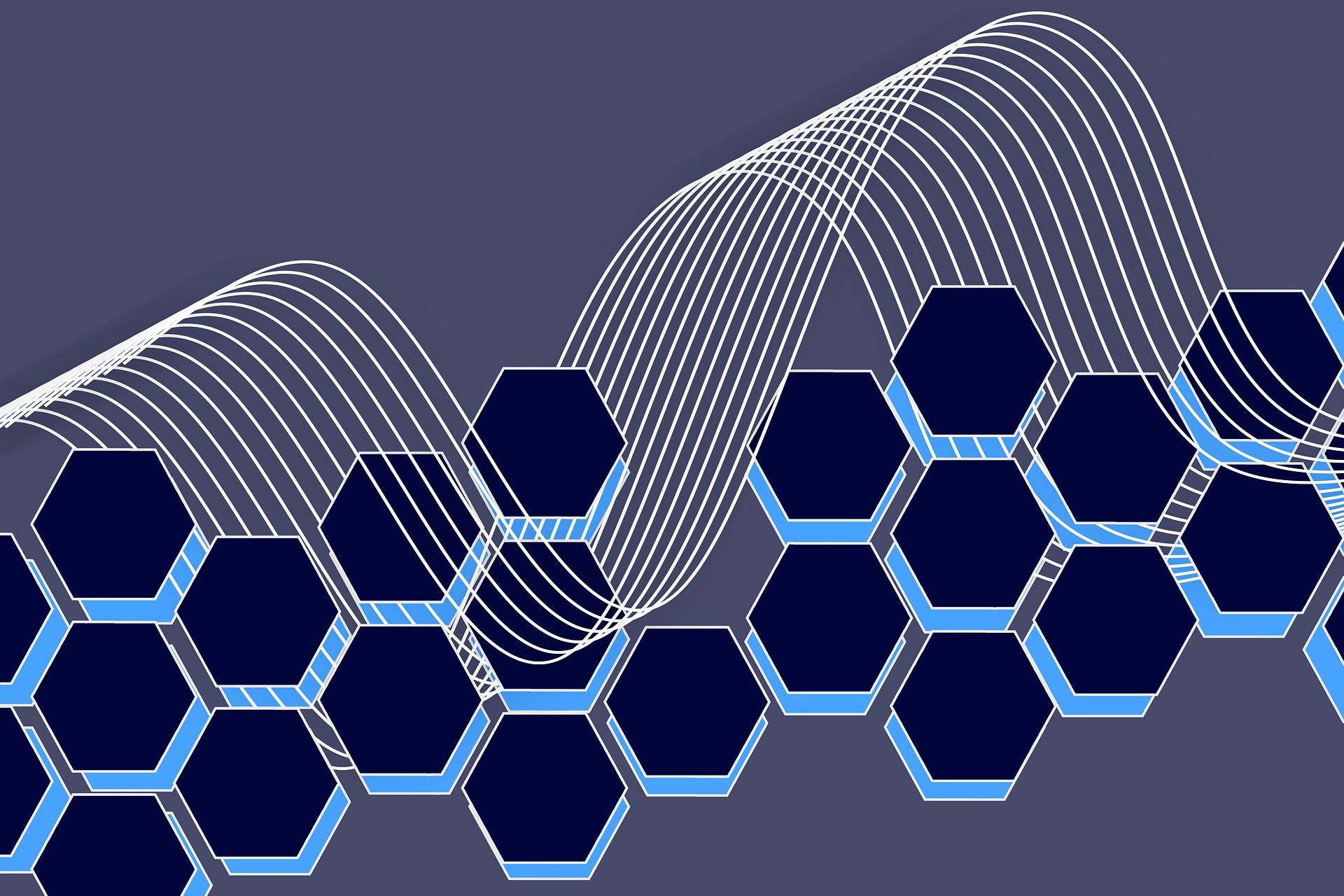What exactly is Web3, and why is everybody and their mother talking about it?
In a nutshell, Web3 is a blockchain-based decentralized web. What it implies, how Web3 actually works, and what it means for the Internet’s future is a little more nuanced. To comprehend what makes Web3 so unique, we must first understand why it is named “Web3” and what came before it.
Why Is It Named Web3: The Web’s History
Web3 is a stylized, abbreviated form of the word Web 3.0. It’s essentially the third version of the internet. Web 1.0 was the original version, and we are now (today) on Web 2.0.
Web 1.0 – A Read Only Website
From 1991 through 2004, the initial version of the internet was available. Instead of the more familiar dynamic HTML of today, static content dominated Web 1.0. Rather than a database, information was supplied through a static file system. There was virtually little engagement on the websites (if any at all).
Except for a few very modest blogs, almost everything was developed by coders, and there was very little user-made material. Because information was simply published online in largely text or picture format, Web 1.0 is sometimes referred to as the “read-only web.”
Check out Space Jam’s original 1996 page, which is still available if you want a great example of a Web 1.0 page.
Web 2.0 – The Social Web
Web2 is the web that we are all familiar with and use today. It is very participatory and social, which is why it is sometimes referred to as the “social web.”
To participate in the creative process, you no longer need to be a developer or own a website. People publish their own material on platforms that are frequently established and maintained by huge corporations. Consider Facebook, Twitter, Yelp!, Quora, and Wix.
Many of these platforms and services are free to users, thus corporations generate income through advertising and the sale of user data in order to operate sites and foster organic growth.
A contemporary web application’s life cycle begins with a firm introducing its app, generally with the assistance of venture money. The firm then on-boards as many individuals as possible, and after it has grown to a reasonable size, it begins to monetize its user base.
Due to this paradigm and the way the web is now designed to work, exploitation and centralization of user data is crucial to how we use and manage the internet to this day.
To put it simply, every time you use the internet, you must exchange data in order to access an app or service. It is that plain and simple.
Consider this: even our online identity, which we need to access everything, is supplied by a tech behemoth, which then sells personal data to advertising or whoever is purchasing to make a profit.
This is where Web3 wants to come in.
Web 3.0 – The Decentralized Web
Web3 is the next stage in the evolution of the internet. Web3 is more than simply a technical answer; it is also a new way of thinking.
Web3 is known as the “decentralized web” because its goal is to take control of the internet away from Big Tech and give individual users access and ownership (and governments and big tech don’t like that).
Web3 aspires to create a trust-less, verifiable, and self-governing internet that operates without the usage of user data and distributes power fairly through native built-in payments.
Web3 = Decentralized Web + Blockchain + Linked Data
That’s a nice idea, but how would Web3 implement it, and what was there about native payments?
How Does Web3 Work?
Web3 does not rely on a single service or database. It will effectively be an internet without servers. Apps are operated on either a blockchain or a decentralized network of peer-to-peer nodes.
Instead of a major corporation hosting a server farm, network members (developers and some users) are encouraged to deliver high-quality services to one another. Tokens are used as a financial incentive to assist in the operation of services. Anybody who creates, governs, contributes to, or improves a Web3 service or project can earn these.
To utilize the given protocols, customers will often have to pay (possibly with tokens gained via participation). In contrast to today’s “free” approach, but without the privacy nightmare of handing up personal data.
Web 3.0 necessitates a new business model, one that is less “free” to the user but more ethical and does not consider the user as a commodity. Web3 rejects data trading in favor of offering a high-quality service with complete openness.
KLG has experience working within this domain and believes in it’s potential. As we continue to build out our products and service, we to are looking towards building and designing for Web3 and what services would look like on the next World Wide Web.
Finally, the name of the game in Web3 is decentralization. The idea is to eliminate intermediaries (middlemen) and to connect users and developers directly.
Web3 aspires to decentralize services and applications away from big tech in the same manner that Bitcoin did with banks and traditional currency.
The Web3 World of the Future
Web 3.0 aspires to permanently lock the web open, to make systems communicate with one another and be conveniently accessible. Make everything visible and verifiable using blockchain technology’s economic model and incentives. Storage, systems, and web services will become commodities, and applications will be able to function long after the developer is no longer there.
With luck, Web 3.0 will take authority away from major businesses and spread it to all corners of the internet. Web 3.0 has the potential to be the new-age Magna Carta and virtual Bill of Rights wrapped into one.
Web3 may finally allow us to have our internet.



